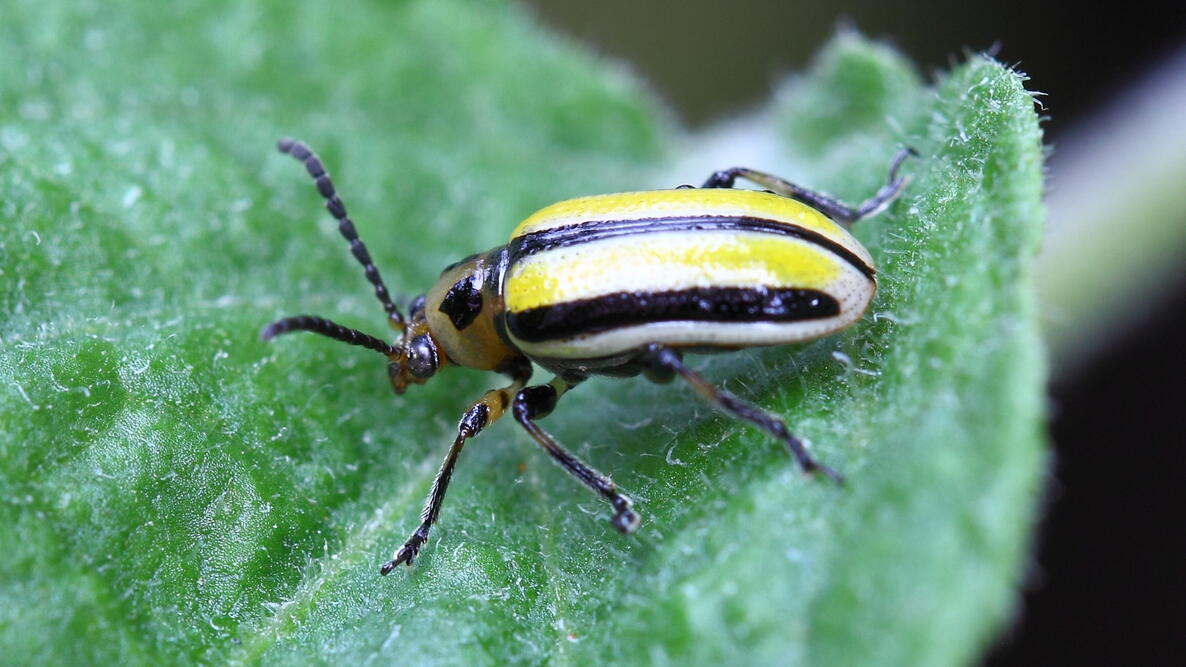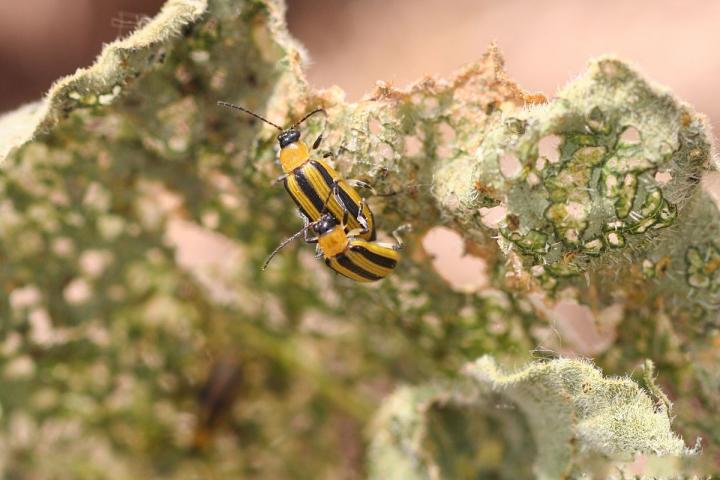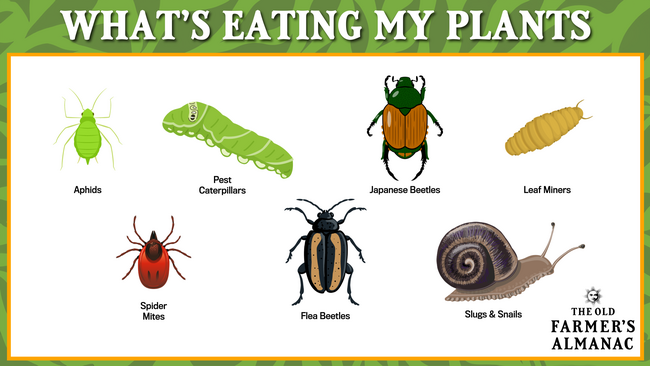
Caption
The Striped Cucumber Beetle has beautiful coloring, but it’s bad news for the gardener!
Photo Credit
Aaron Miyamoto
Subhead
Learn to Identify and Prevent Cucumber Beetles
Read Next
Gardening Products
More Like This
Sprinkling finely crushed eggshells and or DE at swwd planting time will kill emerging larvae.
Please don't use sticky traps! I got them for the first-time last year and within a week I had a poor bird stuck on one, and it was still alive when I found it, so I had to humanely euthanize it. those traps can catch ANYTHING that comes along, including pollinators, birds, frogs, amphibians, even small mammals. I still feel bad about that bird. My yard is full of wildlife. those traps are terrible.
If you “catch” something in a sticky trap that you didn’t intend to catch, you simply use olive oil (or vegetable oil, mineral oil, and even baby oil in a pinch) to get it unstuck. Before you use the oil, it’s best you cover the remaining part of the trap that is sticky with newspaper, or paper towel, cornstarch, cornmeal…etc so it doesn’t get “stuck” again as your releasing it. Stay calm and speak calmly and softly, move slowly as you are putting the oil around the parts that are stuck…and don’t be heavy handed with the oil. Use only the amount needed to “dissolve” the glue.
Better to not use sticky traps at all. Not humane
Thank you! Very instructive.
I find catching these cucumber beetles easy. I usually always find them in the male flowers of my squash plants. Of the 10 I have caught in the last couple of days, 7 were in the squash flowers in the front of the house. Three were in the backyard on squash leaves, which did not have any flowers. To catch them I use eye tweezers on the flowers and just my fingers on the leaves.
Why do I have Cucumber Beetles on my roses? How do I get rid of them? They're living in my roses and eating the roses. Thanks!
Yes, the adults can cause minor damage to rose petals. Choose a pesticide that has a low impact on natural enemies, such as lady beetles and pollinators. Neem is a plant based pesticide that prevents insects from feeding, which eventually kills them. Pyrethrins have no residual and treatments need to come in contact with the beetles to be effective. Finally, there are broad-spectrum pesticides (permethrin, bifenthrin, lambda-cyhalothrin and carbaryl) but we don't use them since they kill beneficial insects, too.
Kathy,
The hard orange worms inside the roots/stems of your plants sound like wireworms. There are possibly beneficial nematodes available.. ..or maybe have chickens there to scratch for a while.
They are small and appear to eat thru the skin.
- « Previous
- 1
- 2
- …
- 10
- Next »












Comments